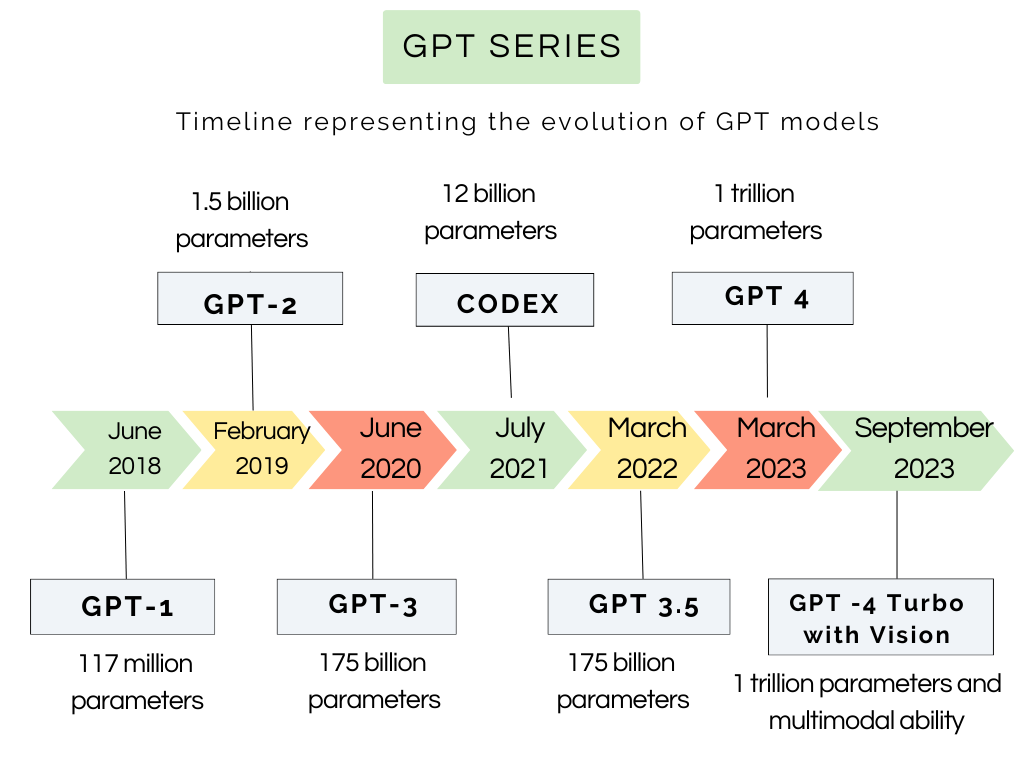Cryptocurrency Frauds for Dummies: How ChatGPT introduces us to fraud?

0

Sign in to get full access
Overview
- This paper examines how the language model ChatGPT can be misused to facilitate cryptocurrency fraud.
- It explores the potential for ChatGPT to be employed in generating fake content, impersonating experts, and exploiting user trust to defraud individuals.
- The paper raises ethical concerns about the responsible development and deployment of large language models (LLMs) like ChatGPT.
Plain English Explanation
The paper discusses how the powerful language model ChatGPT could be misused to commit cryptocurrency fraud. ChatGPT is an advanced AI system that can generate human-like text on a wide range of topics. The researchers show how this technology could be exploited to create fake content, impersonate experts, and deceive users in ways that lead to financial losses.
For example, a scammer could use ChatGPT to generate convincing investment advice or fake testimonials, then use these to lure unsuspecting victims into cryptocurrency schemes. The paper argues that the potential for abuse of ChatGPT and similar large language models (LLMs) raises important ethical considerations around their development and deployment.
The goal is to highlight the risks and prompt discussions on how to ensure these powerful AI tools are used responsibly and not misused to harm individuals or society.
Technical Explanation
The paper begins by discussing the rise of ChatGPT and other LLMs that can generate human-like text across a variety of domains. It then explores how these capabilities could be exploited by bad actors to commit cryptocurrency fraud.
The researchers outline several potential attack vectors, including:
- Generating fake content: Using ChatGPT to create convincing investment advice, testimonials, or other promotional materials to lure victims.
- Impersonating experts: Leveraging ChatGPT's ability to mimic language styles to pose as industry experts and gain user trust.
- Exploiting user credulity: Relying on users' tendency to trust AI-generated content, especially when it aligns with their existing beliefs or biases.
The paper also discusses the ethical implications of these misuse cases, arguing that the developers of LLMs have a responsibility to consider and mitigate such risks during the design and deployment of their systems.
Critical Analysis
The paper raises valid concerns about the potential for abuse of powerful language models like ChatGPT. The researchers provide a well-reasoned analysis of how these technologies could be exploited by bad actors to commit cryptocurrency fraud.
However, the paper does not provide specific solutions or recommendations for addressing these risks. While it highlights the ethical responsibilities of LLM developers, it could have delved deeper into potential safeguards, regulations, or user education initiatives that could help prevent such misuse.
Additionally, the paper focuses solely on cryptocurrency fraud and does not explore the broader implications of LLM misuse in other domains, such as fake news generation or impersonation attacks. Expanding the scope of the analysis could have strengthened the paper's impact and relevance.
Conclusion
This paper serves as an important warning about the potential for large language models like ChatGPT to be misused for nefarious purposes, such as cryptocurrency fraud. By highlighting these risks, the researchers aim to prompt discussions and actions around the responsible development and deployment of these powerful AI systems.
While the paper could have delved deeper into potential solutions, it successfully raises awareness of the ethical considerations surrounding LLMs and the need for proactive measures to mitigate their misuse. As these technologies continue to advance, this type of critical analysis will be crucial in shaping their future impact on individuals and society.
This summary was produced with help from an AI and may contain inaccuracies - check out the links to read the original source documents!
Related Papers


0
Cryptocurrency Frauds for Dummies: How ChatGPT introduces us to fraud?
Wail Zellagui, Abdessamad Imine, Yamina Tadjeddine
Recent advances in the field of large language models (LLMs), particularly the ChatGPT family, have given rise to a powerful and versatile machine interlocutor, packed with knowledge and challenging our understanding of learning. This interlocutor is a double-edged sword: it can be harnessed for a wide variety of beneficial tasks, but it can also be used to cause harm. This study explores the complicated interaction between ChatGPT and the growing problem of cryptocurrency fraud. Although ChatGPT is known for its adaptability and ethical considerations when used for harmful purposes, we highlight the deep connection that may exist between ChatGPT and fraudulent actions in the volatile cryptocurrency ecosystem. Based on our categorization of cryptocurrency frauds, we show how to influence outputs, bypass ethical terms, and achieve specific fraud goals by manipulating ChatGPT prompts. Furthermore, our findings emphasize the importance of realizing that ChatGPT could be a valuable instructor even for novice fraudsters, as well as understanding and safely deploying complex language models, particularly in the context of cryptocurrency frauds. Finally, our study underlines the importance of using LLMs responsibly and ethically in the digital currency sector, identifying potential risks and resolving ethical issues. It should be noted that our work is not intended to encourage and promote fraud, but rather to raise awareness of the risks of fraud associated with the use of ChatGPT.
Read more6/6/2024
🔎

1
FakeGPT: Fake News Generation, Explanation and Detection of Large Language Models
Yue Huang, Lichao Sun
The rampant spread of fake news has adversely affected society, resulting in extensive research on curbing its spread. As a notable milestone in large language models (LLMs), ChatGPT has gained significant attention due to its exceptional natural language processing capabilities. In this study, we present a thorough exploration of ChatGPT's proficiency in generating, explaining, and detecting fake news as follows. Generation -- We employ four prompt methods to generate fake news samples and prove the high quality of these samples through both self-assessment and human evaluation. Explanation -- We obtain nine features to characterize fake news based on ChatGPT's explanations and analyze the distribution of these factors across multiple public datasets. Detection -- We examine ChatGPT's capacity to identify fake news. We explore its detection consistency and then propose a reason-aware prompt method to improve its performance. Although our experiments demonstrate that ChatGPT shows commendable performance in detecting fake news, there is still room for its improvement. Consequently, we further probe into the potential extra information that could bolster its effectiveness in detecting fake news.
Read more4/9/2024


0
A Qualitative Study on Using ChatGPT for Software Security: Perception vs. Practicality
M. Mehdi Kholoosi, M. Ali Babar, Roland Croft
Artificial Intelligence (AI) advancements have enabled the development of Large Language Models (LLMs) that can perform a variety of tasks with remarkable semantic understanding and accuracy. ChatGPT is one such LLM that has gained significant attention due to its impressive capabilities for assisting in various knowledge-intensive tasks. Due to the knowledge-intensive nature of engineering secure software, ChatGPT's assistance is expected to be explored for security-related tasks during the development/evolution of software. To gain an understanding of the potential of ChatGPT as an emerging technology for supporting software security, we adopted a two-fold approach. Initially, we performed an empirical study to analyse the perceptions of those who had explored the use of ChatGPT for security tasks and shared their views on Twitter. It was determined that security practitioners view ChatGPT as beneficial for various software security tasks, including vulnerability detection, information retrieval, and penetration testing. Secondly, we designed an experiment aimed at investigating the practicality of this technology when deployed as an oracle in real-world settings. In particular, we focused on vulnerability detection and qualitatively examined ChatGPT outputs for given prompts within this prominent software security task. Based on our analysis, responses from ChatGPT in this task are largely filled with generic security information and may not be appropriate for industry use. To prevent data leakage, we performed this analysis on a vulnerability dataset compiled after the OpenAI data cut-off date from real-world projects covering 40 distinct vulnerability types and 12 programming languages. We assert that the findings from this study would contribute to future research aimed at developing and evaluating LLMs dedicated to software security.
Read more8/2/2024


0
Survey on Plagiarism Detection in Large Language Models: The Impact of ChatGPT and Gemini on Academic Integrity
Shushanta Pudasaini, Luis Miralles-Pechu'an, David Lillis, Marisa Llorens Salvador
The rise of Large Language Models (LLMs) such as ChatGPT and Gemini has posed new challenges for the academic community. With the help of these models, students can easily complete their assignments and exams, while educators struggle to detect AI-generated content. This has led to a surge in academic misconduct, as students present work generated by LLMs as their own, without putting in the effort required for learning. As AI tools become more advanced and produce increasingly human-like text, detecting such content becomes more challenging. This development has significantly impacted the academic world, where many educators are finding it difficult to adapt their assessment methods to this challenge. This research first demonstrates how LLMs have increased academic dishonesty, and then reviews state-of-the-art solutions for academic plagiarism in detail. A survey of datasets, algorithms, tools, and evasion strategies for plagiarism detection has been conducted, focusing on how LLMs and AI-generated content (AIGC) detection have affected this area. The survey aims to identify the gaps in existing solutions. Lastly, potential long-term solutions are presented to address the issue of academic plagiarism using LLMs based on AI tools and educational approaches in an ever-changing world.
Read more7/19/2024